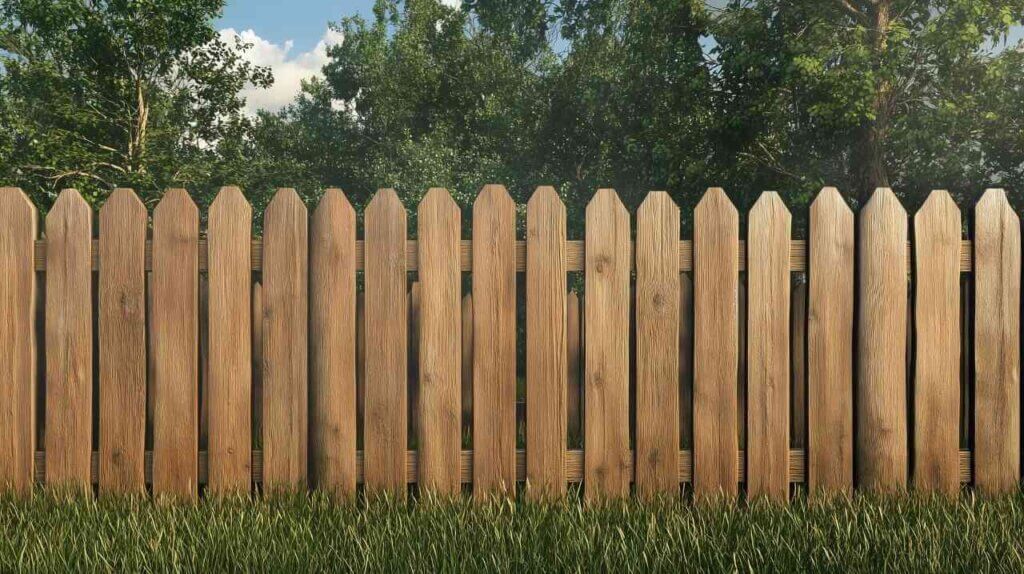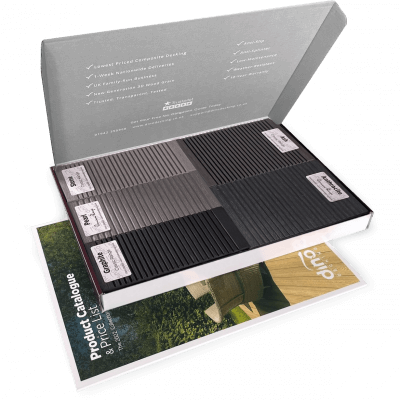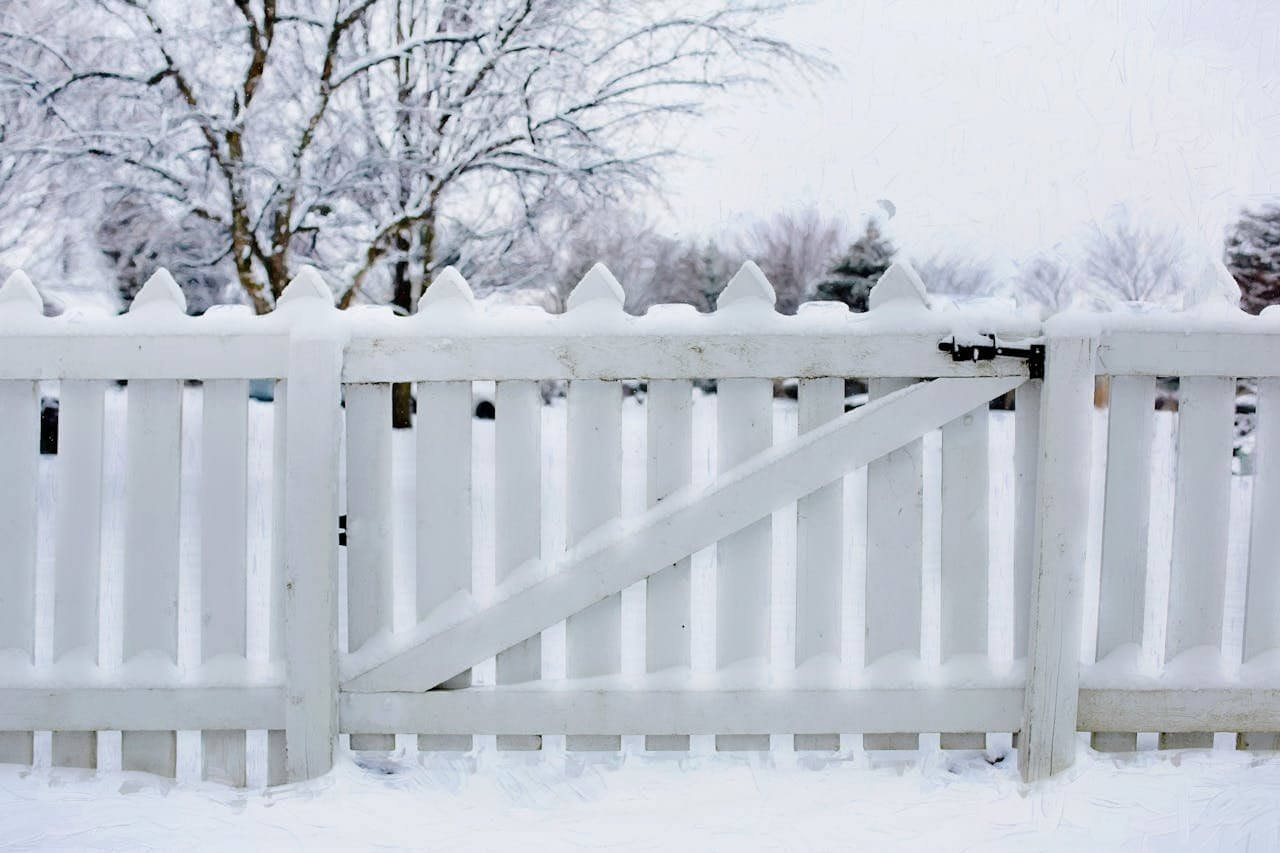
Do You Need Planning Permission for Cladding?
If you’re considering installing cladding on your home or in the garden, you’ve probably asked the question, ‘Do you need
Products in Stock
Lowest Prices
Express Delivery
10-Year Warranty
December Sale. Up To 15% Off.

How might you describe the quintessential British garden? A haven of lush greenery, colourful blooms, and… a slightly grubby-looking wooden fence? Let’s face it, our fences bear the brunt of the UK weather – rain, wind, sun, and even the occasional bird dropping can take their toll on those once-pristine timber panels.
It’s simple – a clean and well-maintained fence can instantly transform your outdoor space, adding kerb appeal and creating a welcoming backdrop for your gardening endeavours. So, if you’re ready to give your wooden fence a new lease of life, grab your cleaning supplies, put on your gardening gloves, and let’s get scrubbing!
Before we dive into the cleaning process, let’s identify the telltale signs that your fence is crying out for a bit of TLC:
Ideally, you should aim to clean your wooden fence at least once a year, preferably in spring or early summer. However, if you live in an area with particularly harsh weather conditions or notice signs of mould or mildew, more frequent cleaning might be necessary.
Before you embark on your fence-cleaning mission, gather your cleaning supplies and equipment:
Now that you’re armed with your cleaning supplies, let’s get down to business:
Clear any debris or obstacles from around the fence, such as leaves, branches, or garden furniture. This will give you clear access to the fence and prevent accidents.
Cover any nearby plants or delicate surfaces with a tarpaulin or plastic sheeting to protect them from cleaning solutions and overspray.
For stubborn stains or persistent mould, you might need to use a specialised stain remover or mould and mildew cleaner. Always follow the manufacturer’s instructions and test the product on a small, inconspicuous area first.
Once you’ve finished cleaning, thoroughly rinse the fence with clean water to remove all traces of cleaning solutions. Allow the fence to dry completely before applying any sealant or stain.

Once your fence is gleaming again, here’s how to maintain fencing all year round:
Inspect your fence regularly for any signs of damage, rot, or mould growth. Address any issues promptly to prevent further deterioration.
Applying a sealant or stain to your fence can help protect it from the elements and prolong its lifespan. Choose a product that’s suitable for your type of wood and the UK climate.
Yes, cleaning your wooden fence is a bit of a chore, but the results are truly transformative. A clean and well-maintained fence enhances the beauty of your garden, adds value to your property, and provides a welcoming backdrop for your outdoor enjoyment.
If you’re looking for a low-maintenance alternative to traditional wood fencing, consider our range of the best quality composite fencing in the UK at Dino Decking – try out a free sample today with next-day delivery all across the UK.

Our sample pack contains a sample piece of each colour currently available. Order your free sample pack today to compare the colours and get a true feeling of the Dino Decking range!

If you’re considering installing cladding on your home or in the garden, you’ve probably asked the question, ‘Do you need

If you’re looking to go all out this festive season, you might be looking for some fantastic Christmas garden ideas